
My father, Herman Bryant, had a funeral band and the rehearsals would take place in the casket room which was the largest room in the funeral home. I would sit there in the space, watch them practice and I became so familiar with the each instrument that I knew what each instrument was doing.
One night the tuba player didn’t show for rehearsal and my father called The Waltz She Save For Me. I walked out in my little pajamas with the flap in the back, walked under the tuba and started to play The Waltz She Saved For Me. The mouthpiece almost covered my nose, but I played that song; I was four years old at the time.
I remember what inspired me to play was Lionel Hampton , who came through the Palace Theater with Arnett Cobb and the other saxophonist was Johnny Griffin. Johnny was close to our age and they didn’t have a coat to fit him. His coat was so long you couldn’t even see his fingers, but he could play.
Me and a boy named Leroy Cobb lived in a double and we both were learning how to play saxophone. I went and got my alto and went into the bathroom on one side of the double and Leroy went to the other side of the double and all night long it sounded like we were calling cats, just skreeching, trying to copy Johnny Griffin all night long.
I think I had my horn about a week before I was playing professionally and I joined Stomp Gordon’s band. I hadn’t even seen a saxophone before I started on the road with a band... I took to it like a duck to water.
And the saxophone belonged to my father, Herman. He had a saxophone behind the couch and I took it out and that’s how Paul Cousar took to playing. I showed him a scale and, boom, he took off. The first time he ever touched a saxophone was in my living room at Long and Ohio Avenues.
That was on a Monday and that weekend I went to Nelsonville, Ohio with Stomp Gordon for our first job. I was thirteen years old and I’ve been on the road playing ever since.
Norris Turney, Harry Ross, Wendell Hawkins and I were all up there playing. This cat came in and Norris didn’t even know he was in town. We had finished the set; it must have been ten or eleven o’clock. Tommy Lucas took out his horn; he was the alto saxophone player from the Glen Gray Band.
So the rhythm section got up and Tommy Lucas started making his horn talk. Norris went and got his horn and wasn’t nothing but two horns up there. They both had chairs sitting side by side. And after they finished this number, one of the jam tunes of the day. They finished that tune, everyone applauded and they started into Cherokee. And man, those two got to battling; that was a classic battle, more saxophone than I ever heard at that time.
Pretty soon, I looked around and it was time for the club to close. And these two weren’t finished with each other yet. They didn’t even put their horns in the cases, got into cars and went over to the Poor Lover’s Ballroom at Mt. Vernon and Champion Avenues, where Sammy Hopkins Band used to play. The joint was closed and the man was just counting the cash.
The crowd and all were following those cats who went through the door, went to the stage, got back on the piano and took up the song where they finished at the bridge. When they finished that song, it must have been five or six o’clock in the morning. They battled four and two measures on that song; they did everything you could do. Norris Turney and Tommy Lucas engaged in one of the most classic saxophone battles that there ever has been around here. Saxophonist Jimmy Allen can tell you about that one.
I was just a youngster at the time. I’ve had plenty of those battles at the time I was twenty, twenty-five years old. I was out signing autographs at the Seneca Hotel on Broad Street, radioman Spook Beckman was with me. There was a prom at the hotel that night and Nancy Wilson was part of the trio that was playing at the prom. It was very clear amongst the three voices tht I heard that night which one was ringing through and I could hear a lot of potential. I talked to her after they finished singing and together we went to her father, Olden Wilson, and asked for permission for her to come out onto the road and start her career.
After we had her on the road for three or four years of training, I called Cannonball Adderley to get a second opinion. Her concurred and we talked to manager John Levy and that’s how she got started.
I was playing with organist Hank Marr, we went through Cincinnati and we were looking for a guitarist, finding Wilbert Longmire. Hank agreed that Wilbert would be dynamite. The rest is history.
Things were a lot different fory years ago, it doesn’t seem that long. There’s more of a chance for the young musicians to have a shot at the big time than there was in the days when Hank and I were coming along. Music is like being a farmer, owning so many acres of corn or what have you. You have to been able to take your commodity to the marketplace; you can’t sit back and expect the marketplace to come to you. The competition is really extensive and a musician has to start very early at being a businessman was well as a performer.
Music is an offspring of the time and a lot of what you hear is a very confused, angry sound, due to the times we’re living in. If I am without music, I am without a great portion of my life. I love music very much. This was planned before I was born; God knew how I would feel about music. That’s why he gave it to me.
I knew that the sound and feeling of music was a lifelong heritage for me.
Note: Rusty Bryant passed on March 25, 1991, due to complications of diabetes.
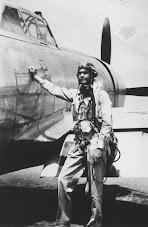


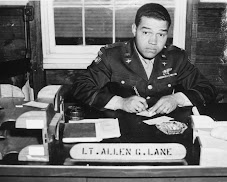
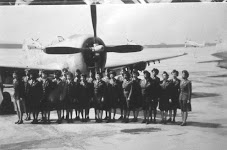
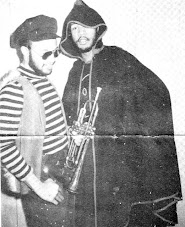





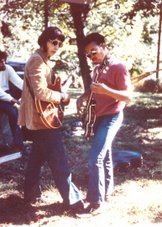
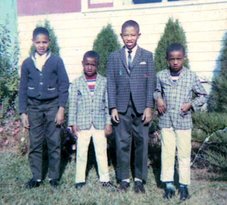
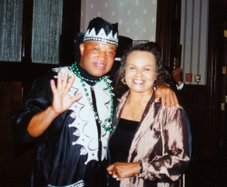

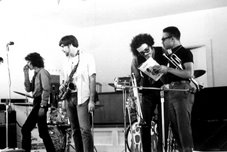


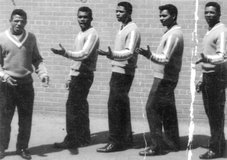



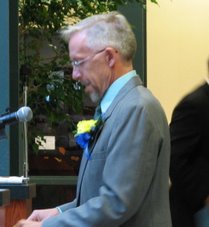

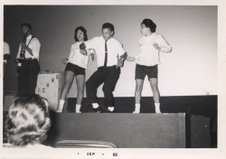



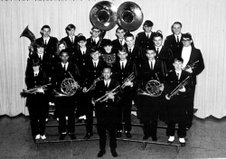

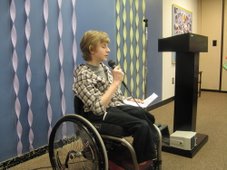
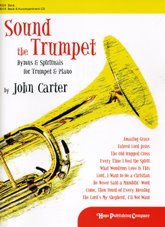
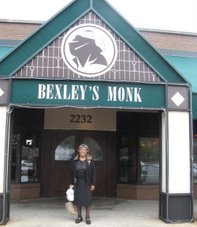
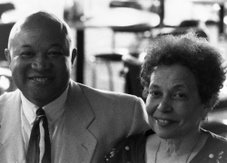


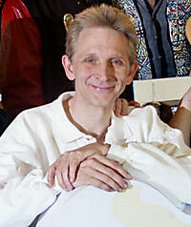
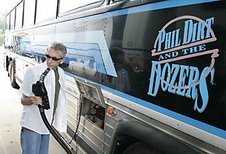
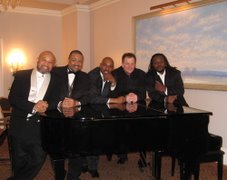
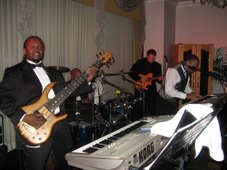
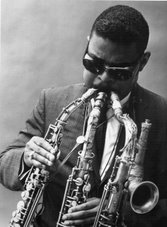
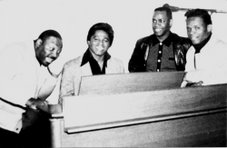

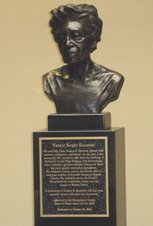
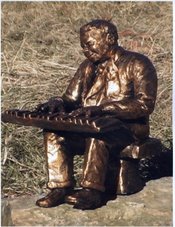
1 comment:
I played bass at a recording session with Rusty back in 1973 or 74 I think in Columbus Ohio. I was introduced to him by Cornell Wiley my friend and bass teacher. I had a tape of that session but it got lost over the years.. He was a nice cat and a great player.. It was my first real session I ever got paid for. I was 23 at the time...
Mike Chavers, bass player
St Petersburg, FL
Post a Comment